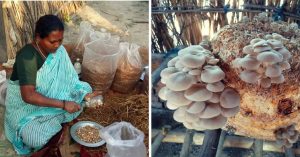TBI Blogs: A Unique Museum Near Jaipur Is Helping Artisans Preserve a 500-Year-Old Handicraft Tradition
Industrialisation and rising consumer demand have severely affected a lot of traditional art forms and handicraft industries. Anokhi Museum in Rajasthan is trying to preserve such a dying handicraft and art form – hand printing.
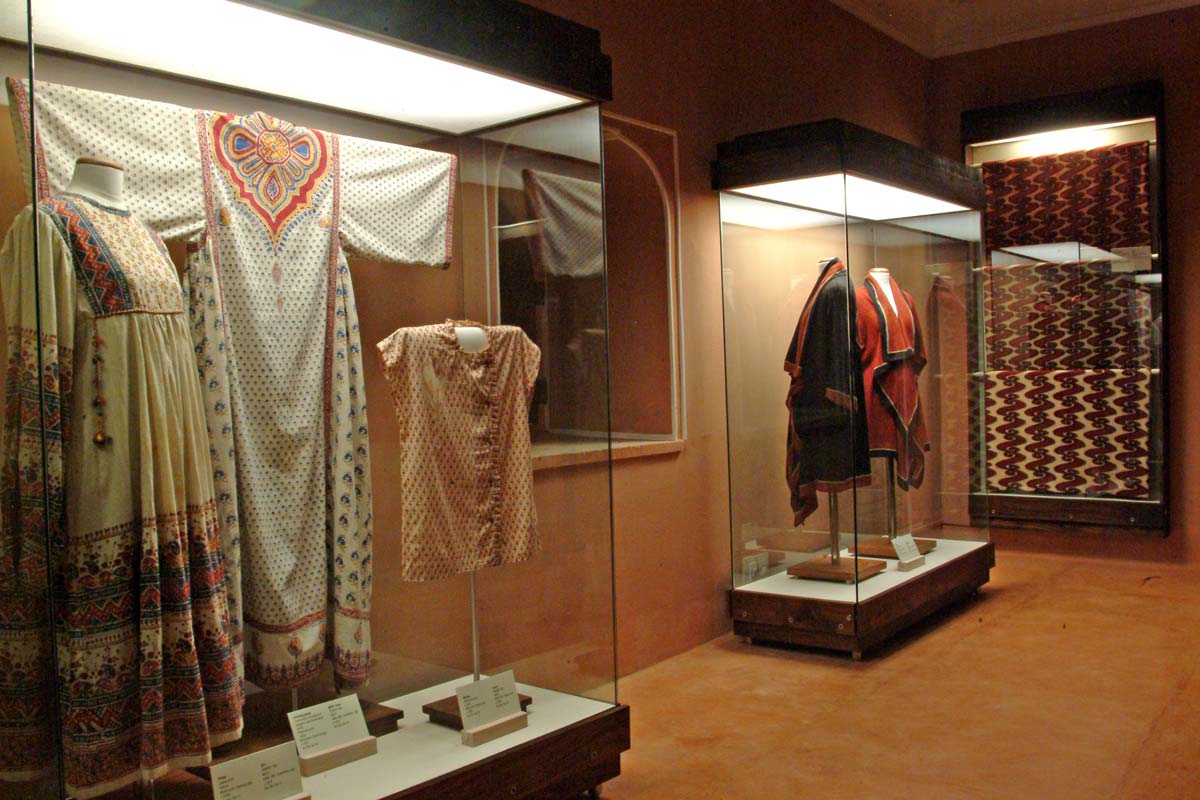
Industrialisation and rising consumer demand have severely affected a lot of traditional art forms and handicraft industries. Anokhi Museum in Rajasthan is trying to preserve such a dying handicraft and art form – hand printing.
The two-story pink sandstone haveli in the dusty lanes of Amber is usually easy to miss. Many of the locals know this as Chanwar Palkiwalaon ki Haveli, and not Anokhi Museum of Hand Printing, eight miles outside Jaipur, where women clad in the most colourful of sarees suspend their chat to wave at you. The museum focuses on contemporary fabric, ranging from innovative designs created by talented artisans to traditional outfits still worn in select regions today, albeit in dwindling numbers. A focused selection of historic textiles provides a context for further understanding of block printing.
The one-of-its-kind museum is an endeavour to preserve the community of artisans of 500-year-old block printing in Rajasthan. It was started by Anokhi, a clothing line selling block-printed garments in stores across in India. The company was the brainchild of a British woman who married an Indian and moved to Jaipur in 1970.
Faith Singh worked with local craftsmen to create contemporary prints on textiles that have become so popular in India and abroad.

It was Ms. Singh’s daughter-in- law Rachel Bracken-Singh who restored the dilapidated 17th- century mansion—which once belonged to the palanquin bearers of the royals—and turned it into a museum. This preservation project earned a UNESCO award for ‘Cultural Heritage Conservation’ in 2000.
The old but well-maintained building is a cool relief from the desert heat. Large boards in the open courtyard explain the lengthy process of hand block printing. It all begins with the design to be printed on the textile. Once finalised—often floral, paisley, or geometric—they are carved by hand onto wooden blocks which have been soaked in oil overnight and cleaned.
These blocks are then used to print the pattern onto fabrics using natural vegetable dyes like indigo, pomegranate rind, and turmeric, in vibrant blues, reds, and greens.
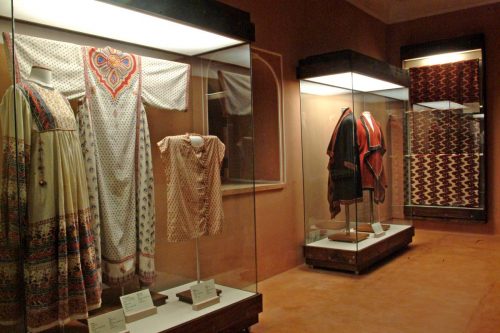
More than 100 garments and blocks are on permanent display inside alcoves and galleries across two floors. There are ethnic designs and patterns, and also Western clothes in traditional prints, like knee-length dresses in shades of red and russet. On the roof-top terrace, a few craftsmen sit with their tools, ready to demonstrate their work to interested visitors. The museum also offers a 2-day course in block-printing and wood-carving to enthusiasts. The museum shop carries a selection of hand-crafted merchandise, which includes limited edition textiles, clothing, furnishings, jewellery, books, and cards.
Anokhi is trying to preserve the dying craft which has been overpowered by the more efficient and economical machine-printing process, damaging the livelihood of the artisans and threatening to extinguish an important craft. But it has a modern approach too. The team is always looking for new craftsmen and techniques to develop new garments in the main workshop on the outskirts of Jaipur.
They have worked with a British designer to re-interpret William Morris’s prints, made costumes inspired by Russian theatre, and worked their patterns into contemporary fashion—all of which the museum showcases in temporary exhibitions.
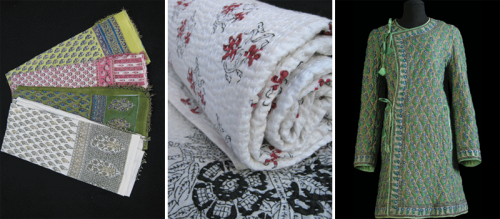
Together with garments – Indian and Western in design – home textiles, sarongs, and accessories, Anokhi offers a diverse and colourful selection of products in its 27 outlets in major cities of India. Anokhi doesn’t offer e-commerce.
Ms. Rachel Bracken-Singh, the museum’s director, says, “The museum offers regular workshops throughout the year. These are usually against request, and range from individuals and small groups of enthusiasts to large school groups, from within India, as well as visiting from abroad. We tend to tweak the workshops to suit particular needs. While most workshops involve block-printing, we also offer block-carving workshops. Throughout the day, the on-site printers and carvers demonstrate their skills, and offer interactive sessions with visitors as they walk around.”
The response to the museum, and what people enjoy most, varies quite a bit. While most people love to try their own hand at block-printing and also block-carving, there is a very clear appreciation for the overall quality of the experience—from start to finish—in all the spaces at the museum. The museum’s management has given a great deal of attention to clear and concise information and good visuals. They have also taken great care to maintain a high standard of care for the various textiles, tools, techniques, etc. The building is well worth a visit for that alone! Visitors leave feeling they have had a very positive, informative, satisfying, and holistic experience.
Anokhi funds the museum, which does not take outside financial support. The small shop there and the museum’s publications go a little way to supporting some of the costs.
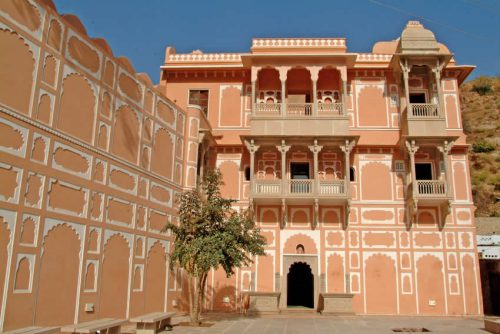
Rachel recommends that visitors coming to the museum give as much time as possible for a complete experience. She adds, “Appreciate one of India’s most beloved indigenous crafts, set in a beautifully restored 16th century haveli. Interact with the craftspeople and well-informed staff. Enjoy desi chai in a clay pot with a view of Amber’s enduring heritage, and savour a unique experience.”
This article originally appeared on Nazariya. Find out more about the art of hand printing and block printing on Anokhi’s website.
Like this story? Or have something to share? Write to us: [email protected], or connect with us on Facebook and Twitter.
NEW: Click here to get positive news on WhatsApp!
This story made me
- 97
- 121
- 89
- 167
Tell Us More
We bring stories straight from the heart of India, to inspire millions and create a wave of impact. Our positive movement is growing bigger everyday, and we would love for you to join it.
Please contribute whatever you can, every little penny helps our team in bringing you more stories that support dreams and spread hope.






